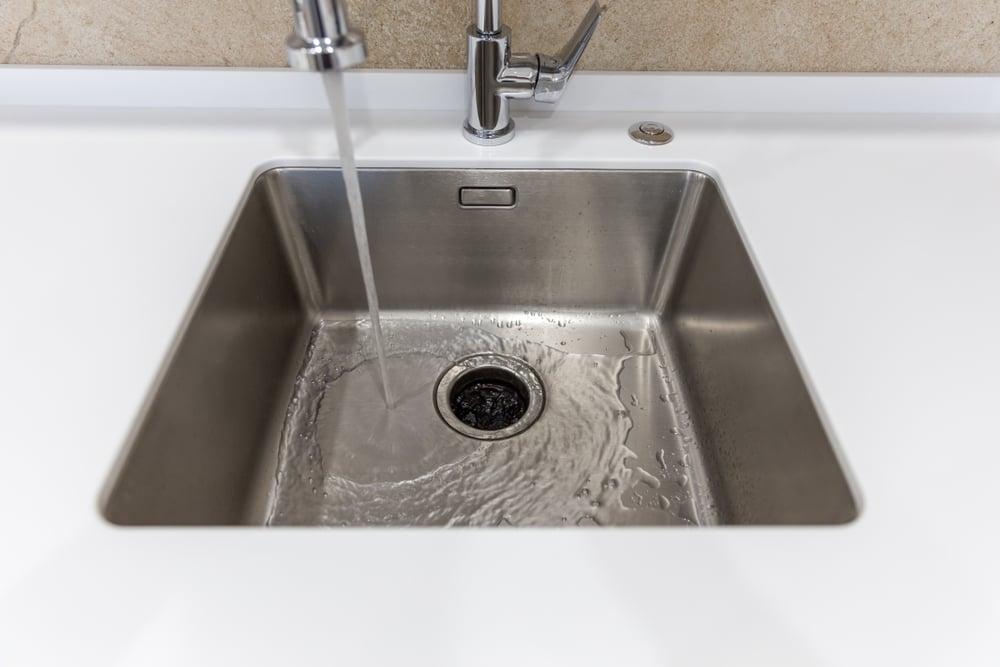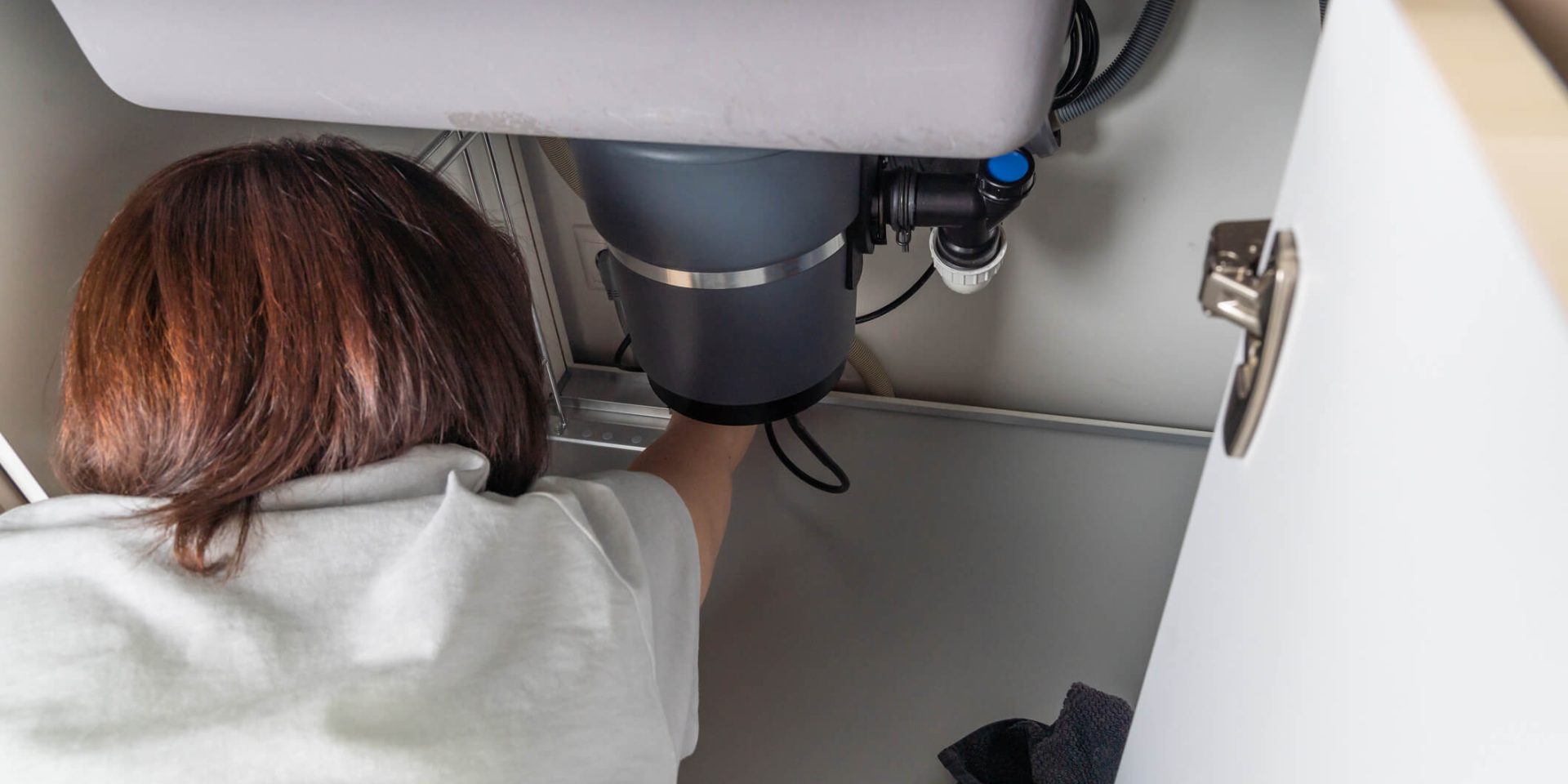Effective Techniques for Repairing a Dripping Garbage Disposal
Effective Techniques for Repairing a Dripping Garbage Disposal
Blog Article
We have stumbled upon this article about Why Is My Garbage Disposal Leaking From the Bottom? down the page on the internet and think it made perfect sense to discuss it with you on this page.

Garbage disposals are necessary kitchen appliances that aid in dealing with food waste effectively. Nevertheless, a dripping waste disposal unit can be an aggravating and messy trouble to handle. The good news is, lots of leaks can be dealt with quickly with a few straightforward steps. In this write-up, we will go over how to deal with a dripping waste disposal unit successfully.
Introduction
Waste disposal unit are installed under kitchen sinks and are designed to shred food waste right into smaller pieces, permitting it to go through the pipes system quickly. While these tools are typically dependable, leakages can occur gradually as a result of wear and tear, loose connections, or damages to the device.
Typical Causes of Leakages in Waste Disposals
Worn Seals and Gaskets
Seals and gaskets play a critical duty in avoiding water from leaking out of the waste disposal unit. In time, these elements can deteriorate, causing leakages around the disposal system.
Loose Links
The connections between the waste disposal unit and the pipes system can come to be loose gradually, creating water to leak out during procedure.
Cracks or Holes in the Disposal System
Physical damages to the waste disposal unit, such as splits or holes in the housing, can likewise lead to leakages.
Recognizing the Resource of the Leak
Before attempting to take care of a dripping waste disposal unit, it is vital to identify the resource of the leak. This can commonly be done with visual evaluation or by carrying out simple tests.
Visual Inspection
Examine the waste disposal unit unit carefully for any indicators of water leakage. Pay very close attention to locations around seals, gaskets, and connection factors.
Checking for Leakages
One way to test for leakages is by running water with the disposal device and checking for any kind of noticeable signs of leakage.
Devices and Products Needed for Dealing With a Leaking Garbage Disposal
Before beginning the repair service procedure, collect the essential tools and products, including a screwdriver, adjustable wrench, plumbing technician's putty, replacement seals or gaskets, and epoxy or patching material for fixing fractures or holes.
Step-by-Step Guide to Taking Care Of a Leaking Garbage Disposal
Switch off the Power
Prior to trying any kind of repair services, make certain that the power to the garbage disposal unit is turned off to prevent the danger of electrical shock.
Situate the Leakage
Recognize the exact place of the leakage and identify the reason.
Tighten up Connections
Use a wrench to tighten any kind of loosened links in between the disposal device and the pipes system.
Replace Seals or Gaskets
If the leak is due to used seals or gaskets, eliminate the old elements and change them with brand-new ones.
Patching Splits or Holes
For cracks or holes in the disposal system, use epoxy or an appropriate patching product to secure the broken location.
Examining the Garbage Disposal After Repair Work
When the repair service is total, check the waste disposal unit by running water with it to make sure that the leak has been fixed.
Preventive Maintenance Tips to Stay Clear Of Future Leakages
To avoid future leaks, it is necessary to perform normal upkeep on your garbage disposal. This includes keeping it clean, staying clear of placing non-food products or hard things down the disposal, and regularly checking for leakages or other issues.
Verdict
To conclude, fixing a dripping garbage disposal is a relatively uncomplicated process that can be finished with basic tools and products. By following the actions laid out in this short article and practicing preventive upkeep, you can maintain your waste disposal unit in good working problem and avoid costly repairs in the future.
What to Do About a Leaking Garbage Disposal
A leaking garbage disposal often goes unnoticed until you confront a sopping cabinet, a foul-smelling puddle, or an audible drip-drip-drip from the unit. The fix can be frustrating, too, because the leak can stem from a number of components in the system. Fortunately, with a little sleuthing, you can zero in on the leak and—depending on the exact location—stop the icky oozing and repair the component that caused it. Worst case scenario, if it turns out that the garbage disposal must be replaced, installing a new one is a reasonable do-it-yourself task for those with basic plumbing skills. Read on to keep the cash you’d otherwise hand over to a pro.
Prepare to find the leak
Prior to testing the garbage disposal for leaks, unplug it at the wall outlet and turn off the power from the breaker box to prevent electrical shock. Then insert a watertight sink stopper into your sink drain and wipe the unit dry with a clean cloth. In any handy container, mix a few drops of food coloring into a few cups of water, and pour the dyed water onto the sink stopper to help you locate the leak.
Investigate the source
the top, where the disposal meets the sink drain the side, where the dishwasher hose or main drain pipe connects to the disposal or the bottom of the unit Inspect each of these locations while gliding a light-colored rag over the unit; the dyed water will readily show on the rag and reveal the location of the leak. If a leak isn’t immediately apparent, remove the sink stopper and pour a few more cups of dyed water down the sink drain, then check for leaks again. Leaks near the top of the unit are more likely to show themselves while the sink is plugged, while side and bottom leaks are more noticeable while the sink is unplugged.
The metal sink flange that sits directly inside the sink drain is typically sealed around the top with plumber’s putty (a clay-like sealant) and then secured from under the sink with bolts. If the plumber’s putty deteriorates, or the bolts loosen, the flange can no longer form a watertight seal between the sink drain and the disposal—which could cause a leak at the top of the unit.
To reseal the leaky flange, you must first detach the garbage disposal. Start by loosening the screws securing the main drain pipe to the disposal, then loosen the screws in the metal clamp securing the dishwasher hose to the disposal and detach the drain pipe and dishwasher hose from the disposal. Loosen the screws in the mounting ring that connects the disposal to the metal mounting assembly beneath the sink, then pull down the disposal and carefully set it on a clean, dry surface. Loosen the bolts in the mounting assembly with a wrench, then pull down the mounting assembly and set it near the disposal.

We had been guided to that write-up about The Handy Guide To Fixing Your Garbage Disposal Leaking from a friend on a different web page. Enjoyed our write-up? Please share it. Let others find it. I recognize the value of reading our article about Why Is My Garbage Disposal Leaking From the Bottom?.
This Resource Report this page